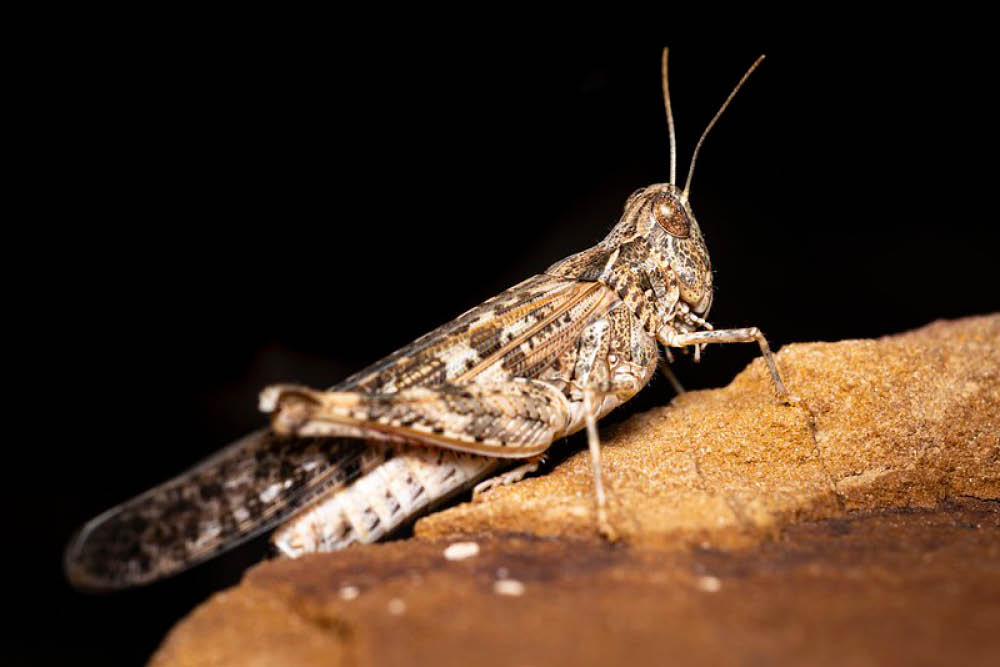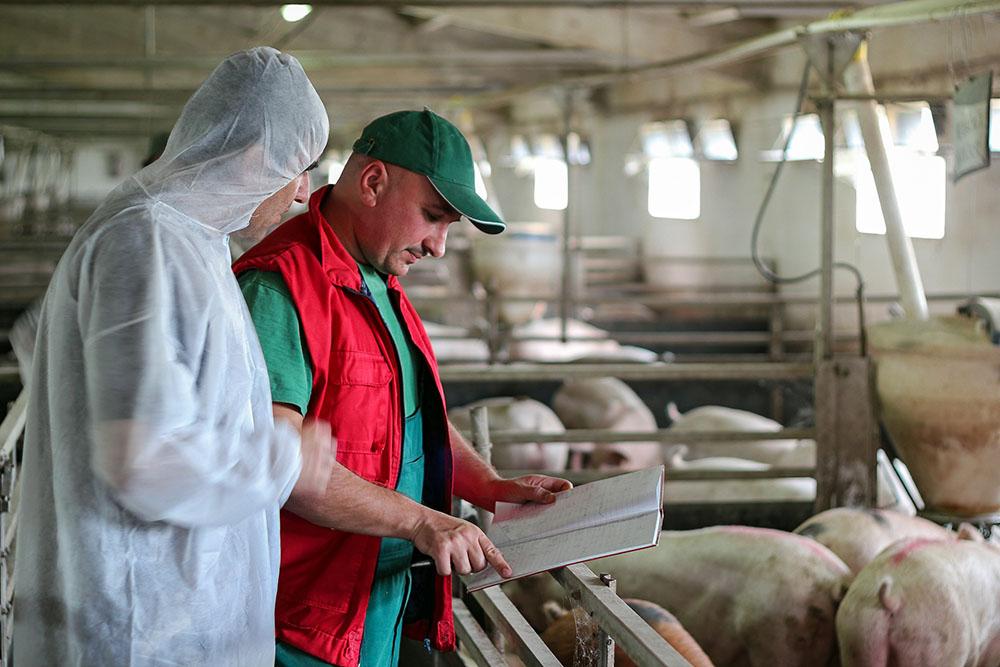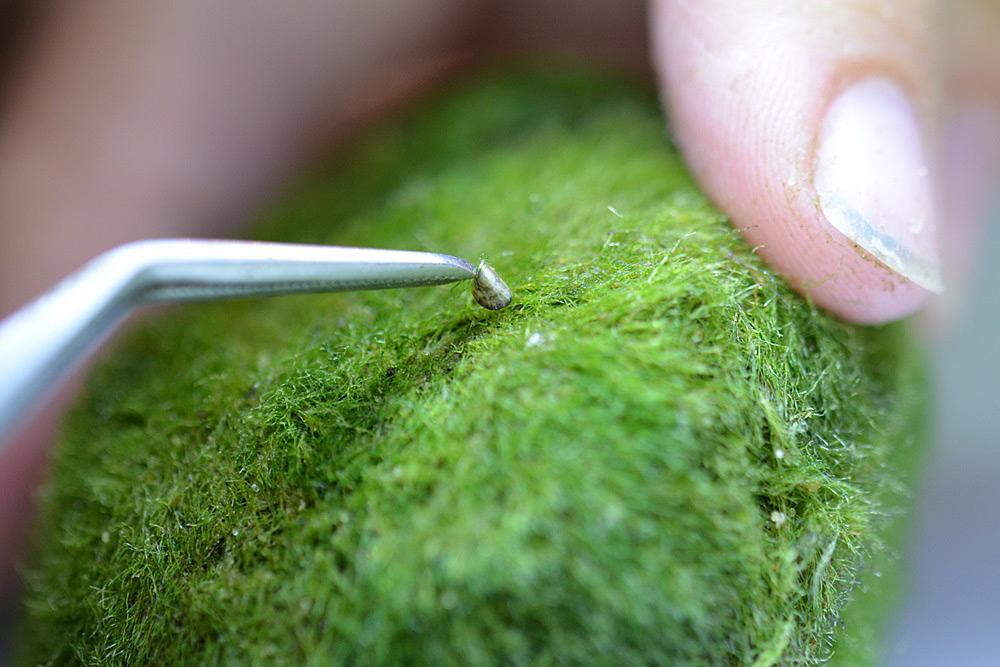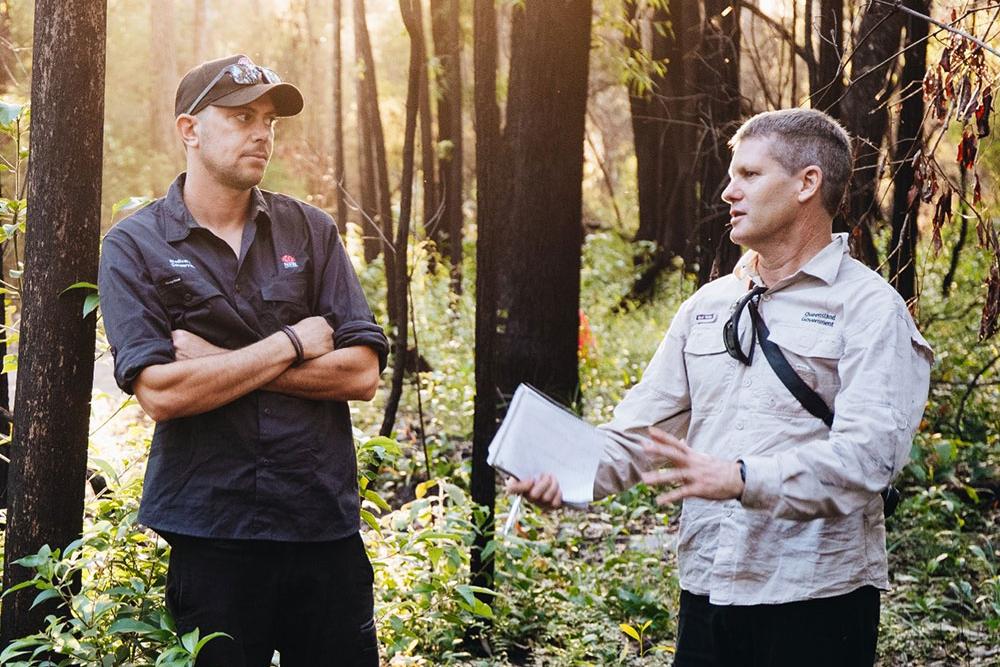Australian plague locusts are an endemic pest that threatens our agricultural industry, devastating crops, and causing losses of up to $30 million.
By harnessing cutting edge science, experts can forecast locust outbreaks with greater accuracy, helping mitigate economic impacts.
The Australian Plague Locust Commission (APLC) uses advanced analytics to improve early detection and rapid response. However, forecasting locust populations is challenging.
The APLC has been developing a simulation model to predict locust population dynamics across their entire range. This model predicts the development, survival, and behaviour of locusts across all life stages: eggs, nymphs, and adults.
However, locusts inhabit a vast range of more than 2 million square kilometres, so deploying the model is challenging. Field surveys alone cannot provide enough coverage to initialise the model.
But artificial intelligence is changing the game. The APLC has partnered with the Centre of Excellence for Biosecurity Risk Analysis (CEBRA) to develop a new AI-driven model. The machine learning algorithms developed have incorporated 37 years of locust data with high-resolution weather, vegetation, and soil records to generate more accurate short-term forecasts (up to 90%).
These AI models will not only initialise the population dynamics model but also enhance field survey targeting, leading to more reliable on-the-ground surveillance. Additionally, they will support better planning and resource allocation.
Thanks to a growing ecosystem of models, the APLC is now better equipped to predict locust populations, making it easier to forecast their changes in response to Australia's highly variable climate. This will enable governments and industry to prepare and respond more effectively.
The APLC plans to integrate this AI-driven forecasting system into a new online data dashboard. This will further support enhanced locust predictions, enable real-time monitoring, and improve response strategies.
Find out more about how we’re responding to plague locusts in Australia.

Image credit: (P.D. Amara / Flickr)



